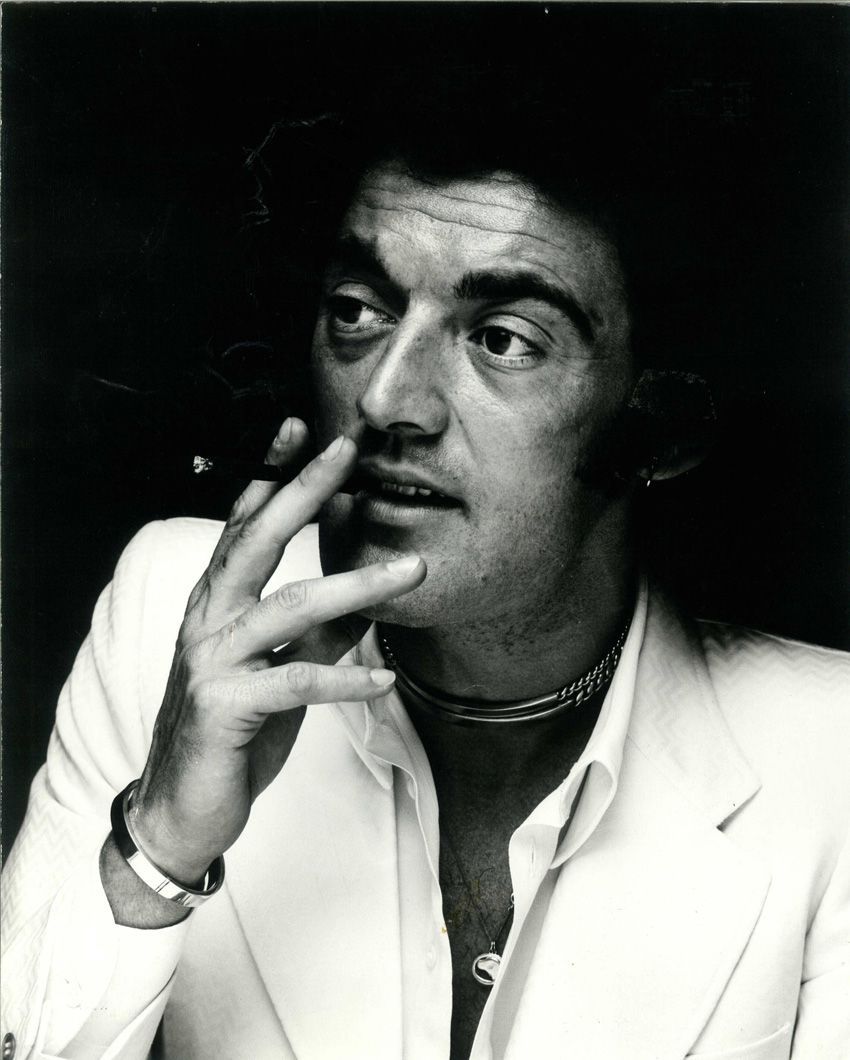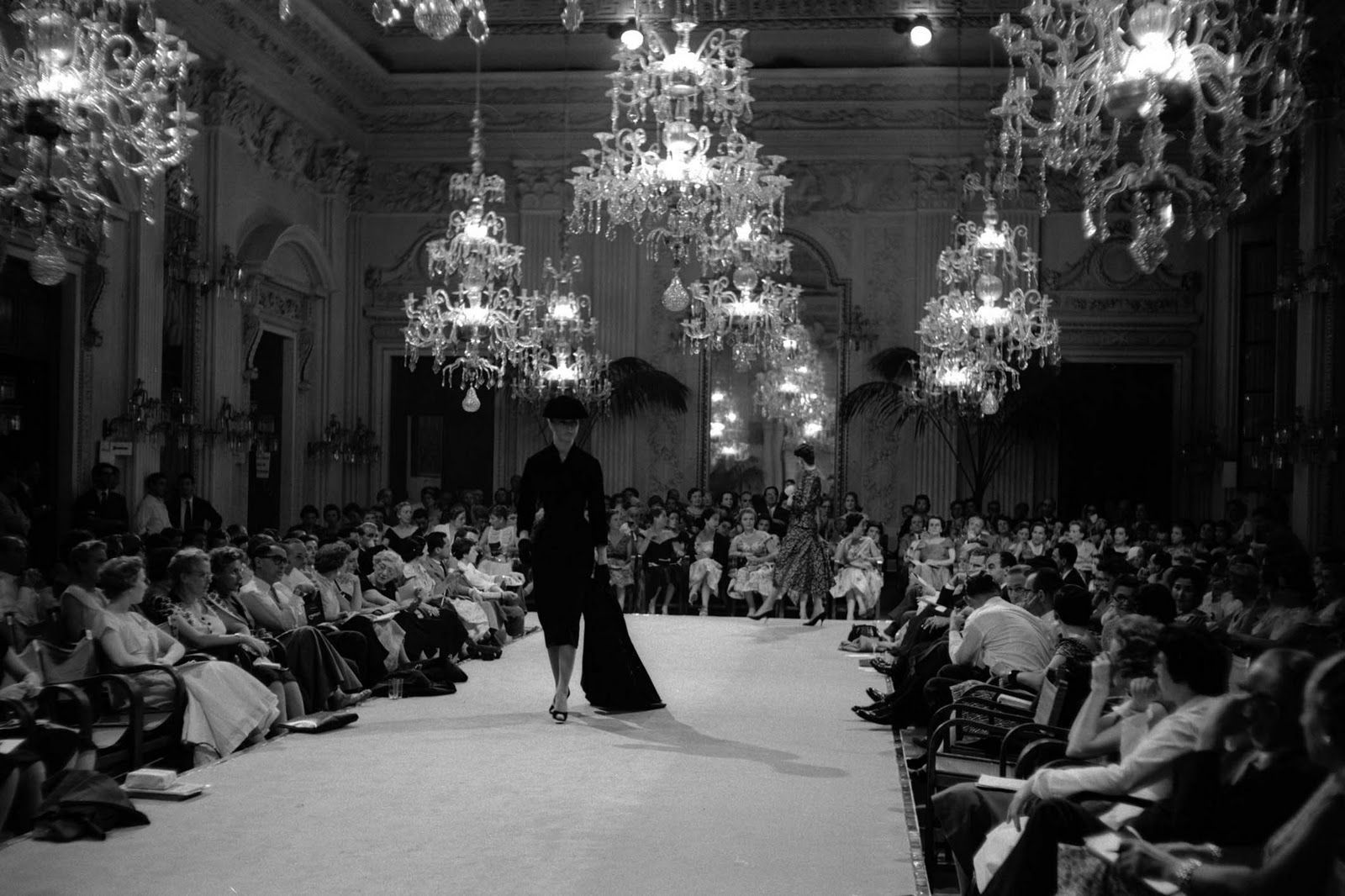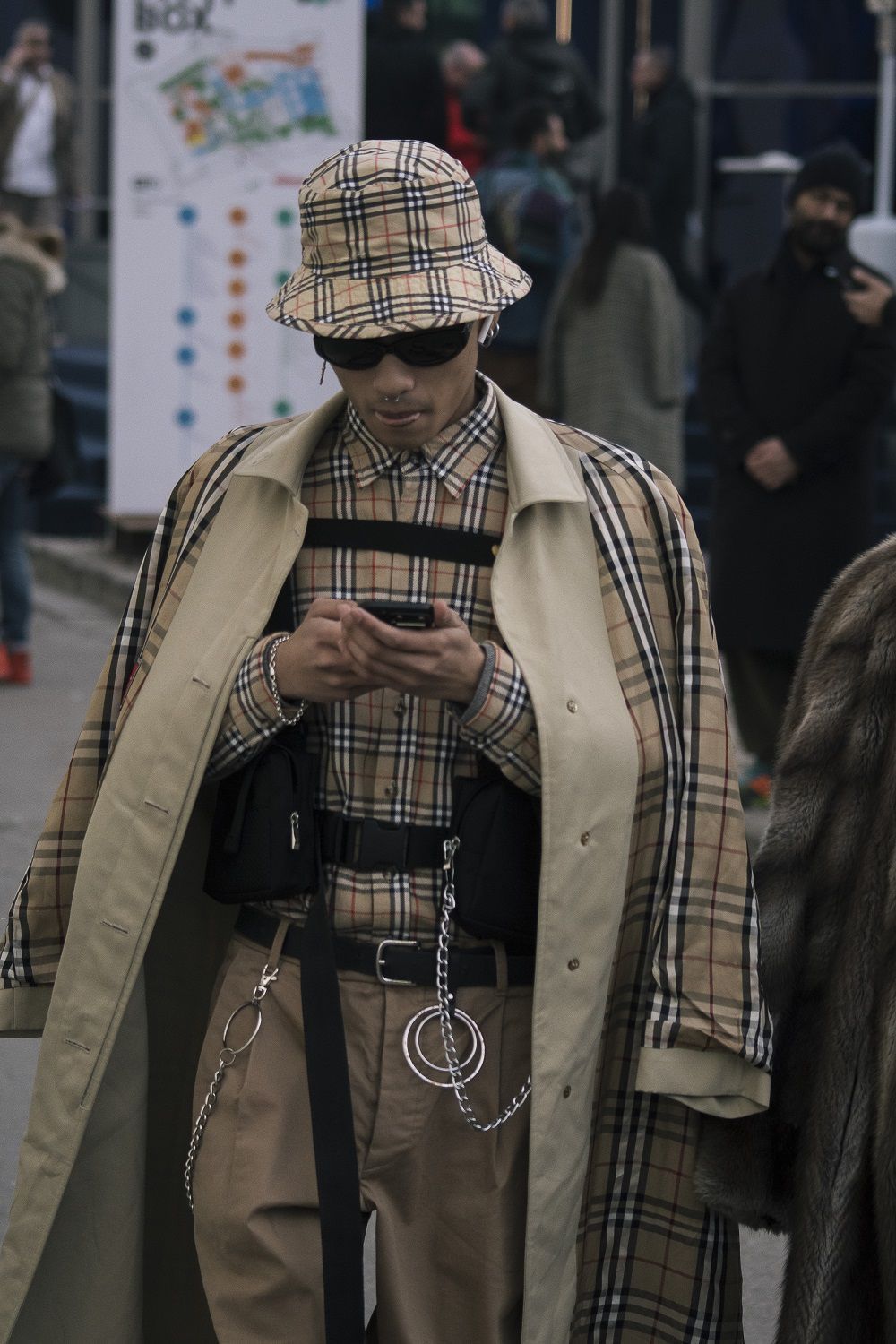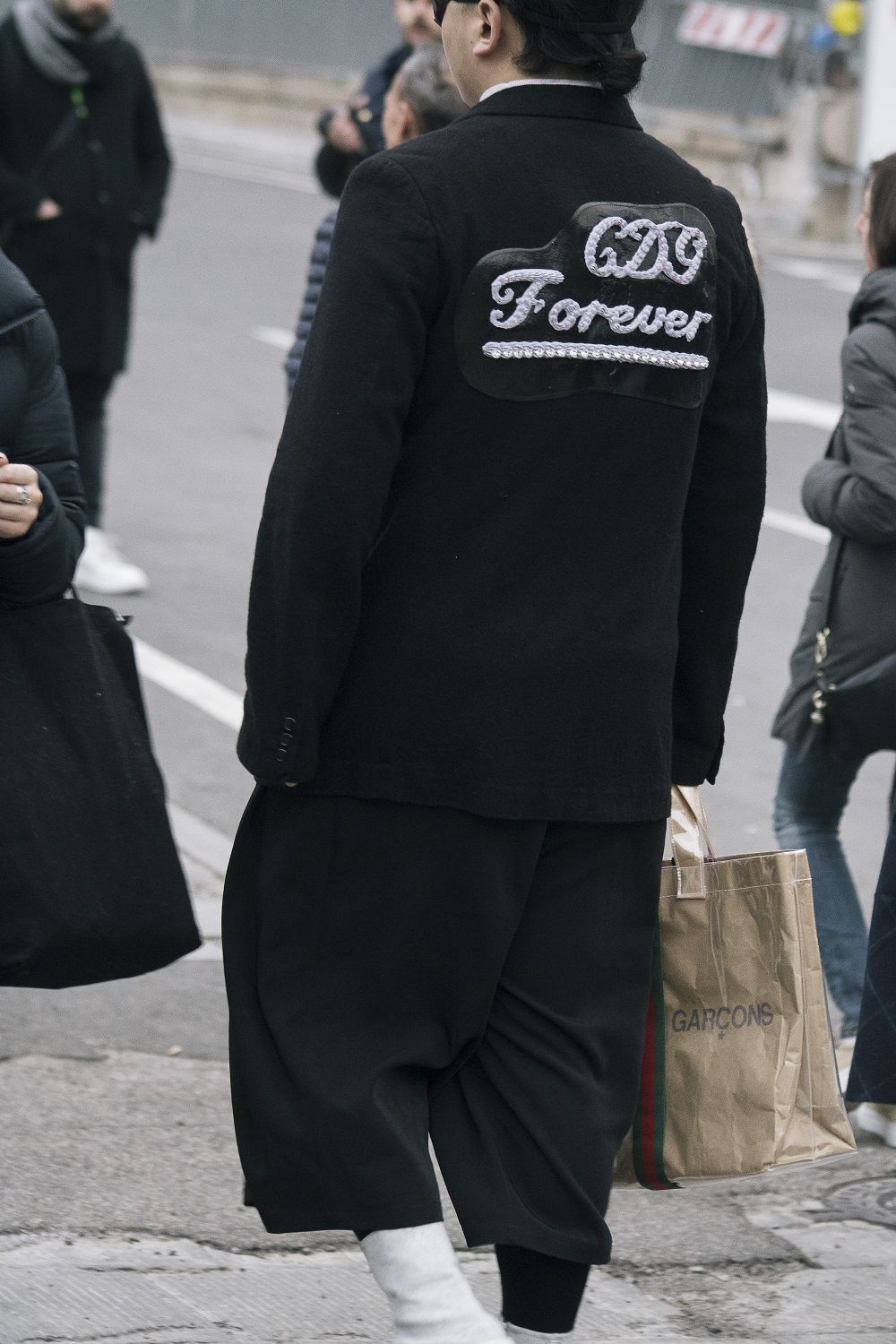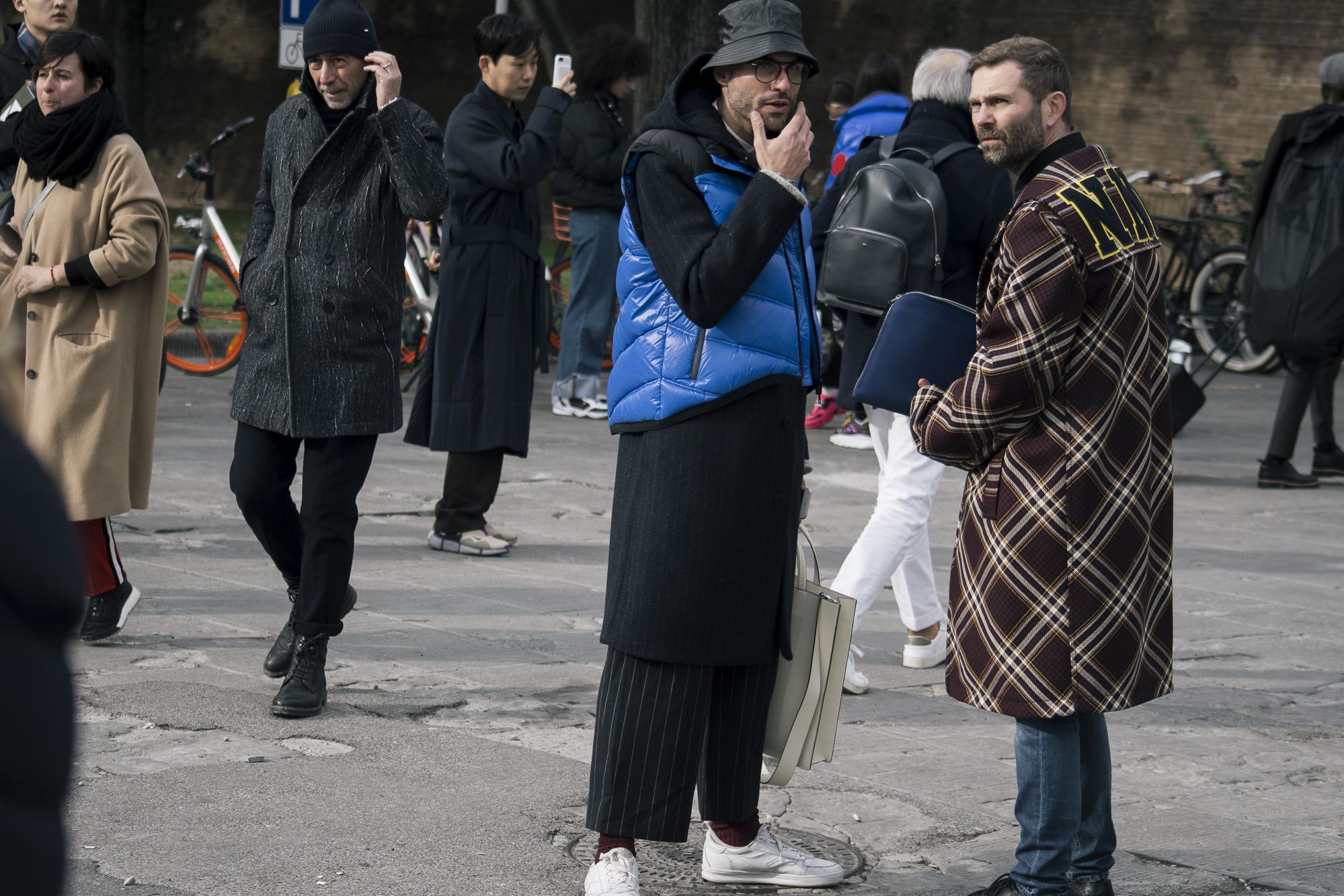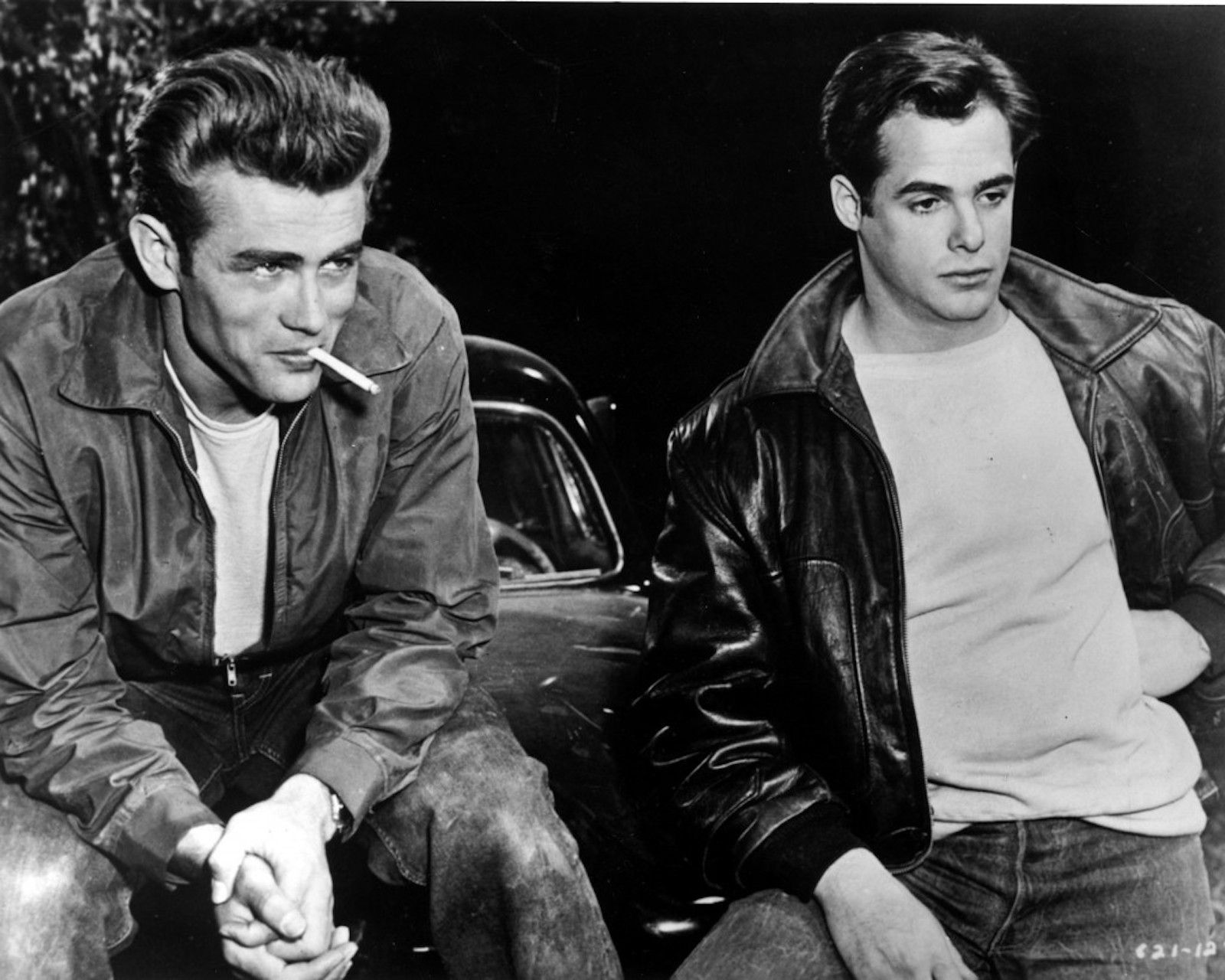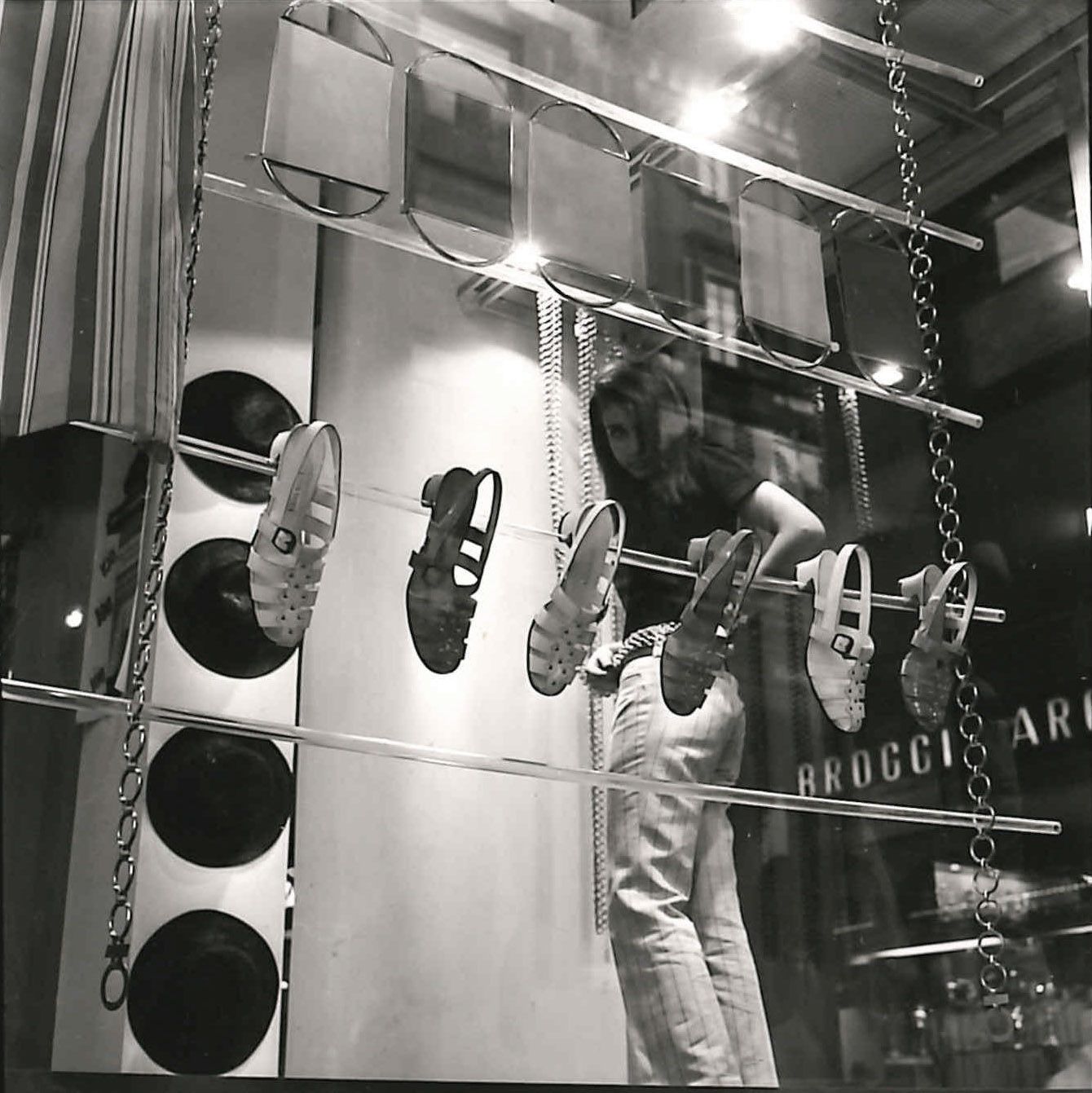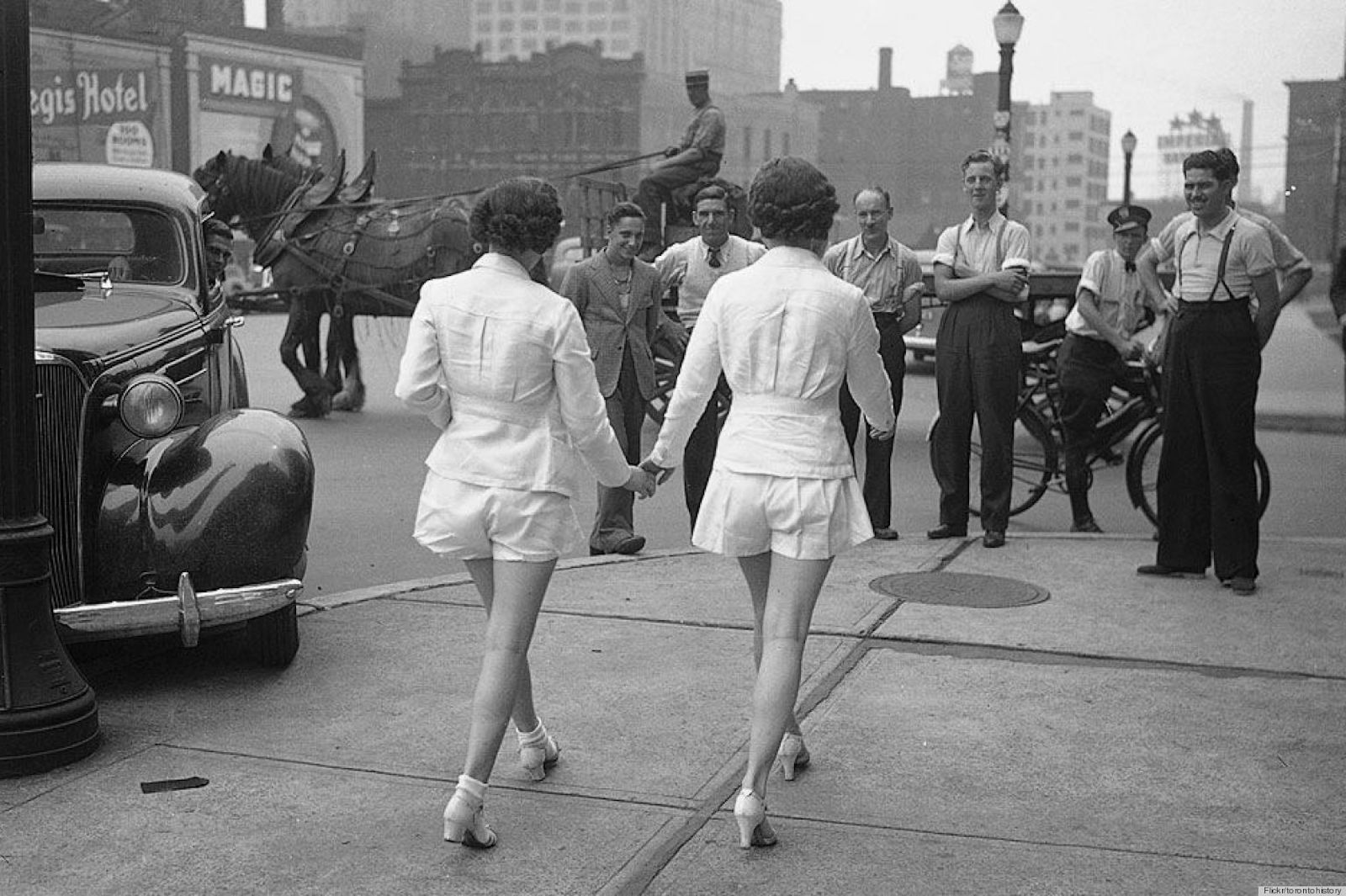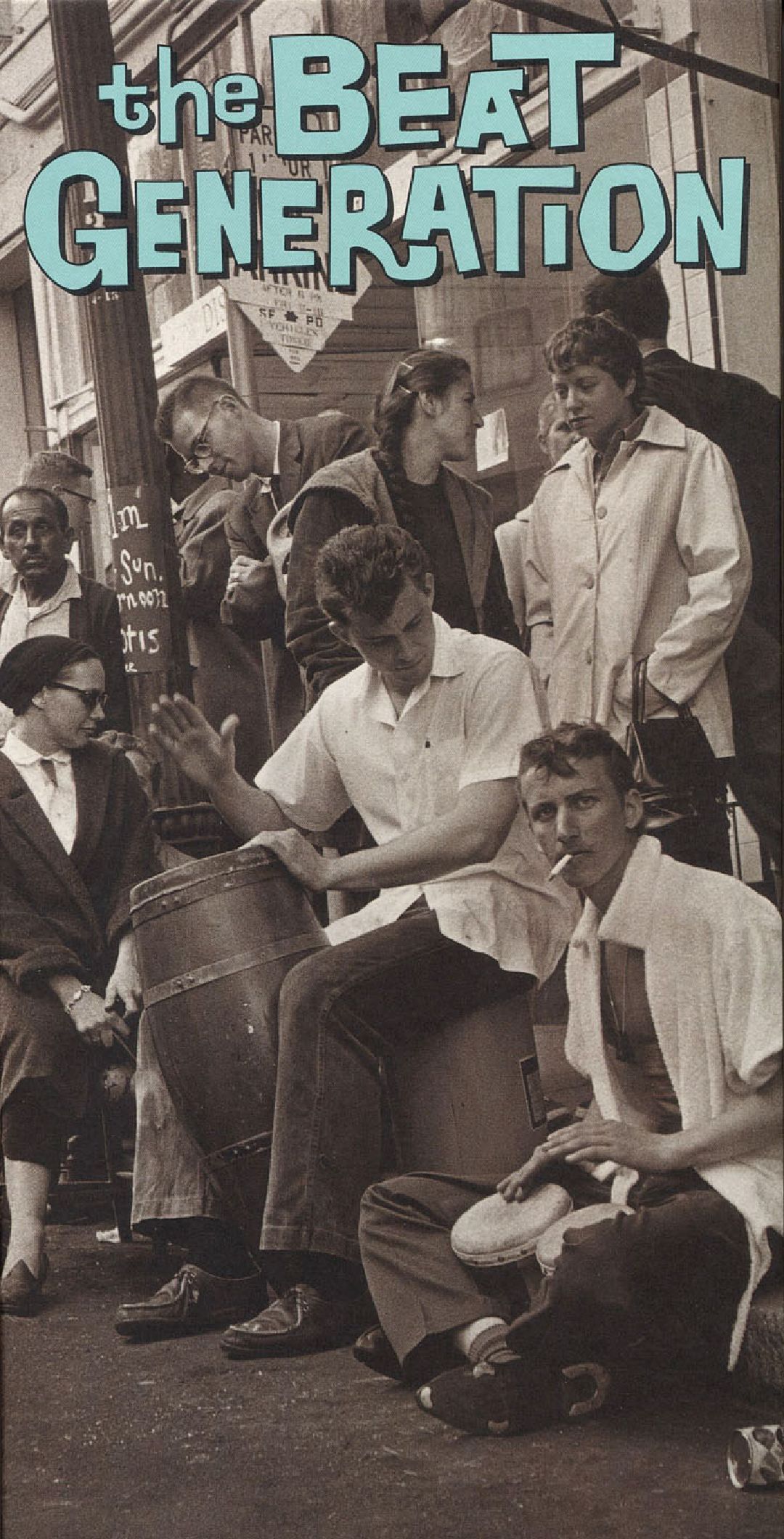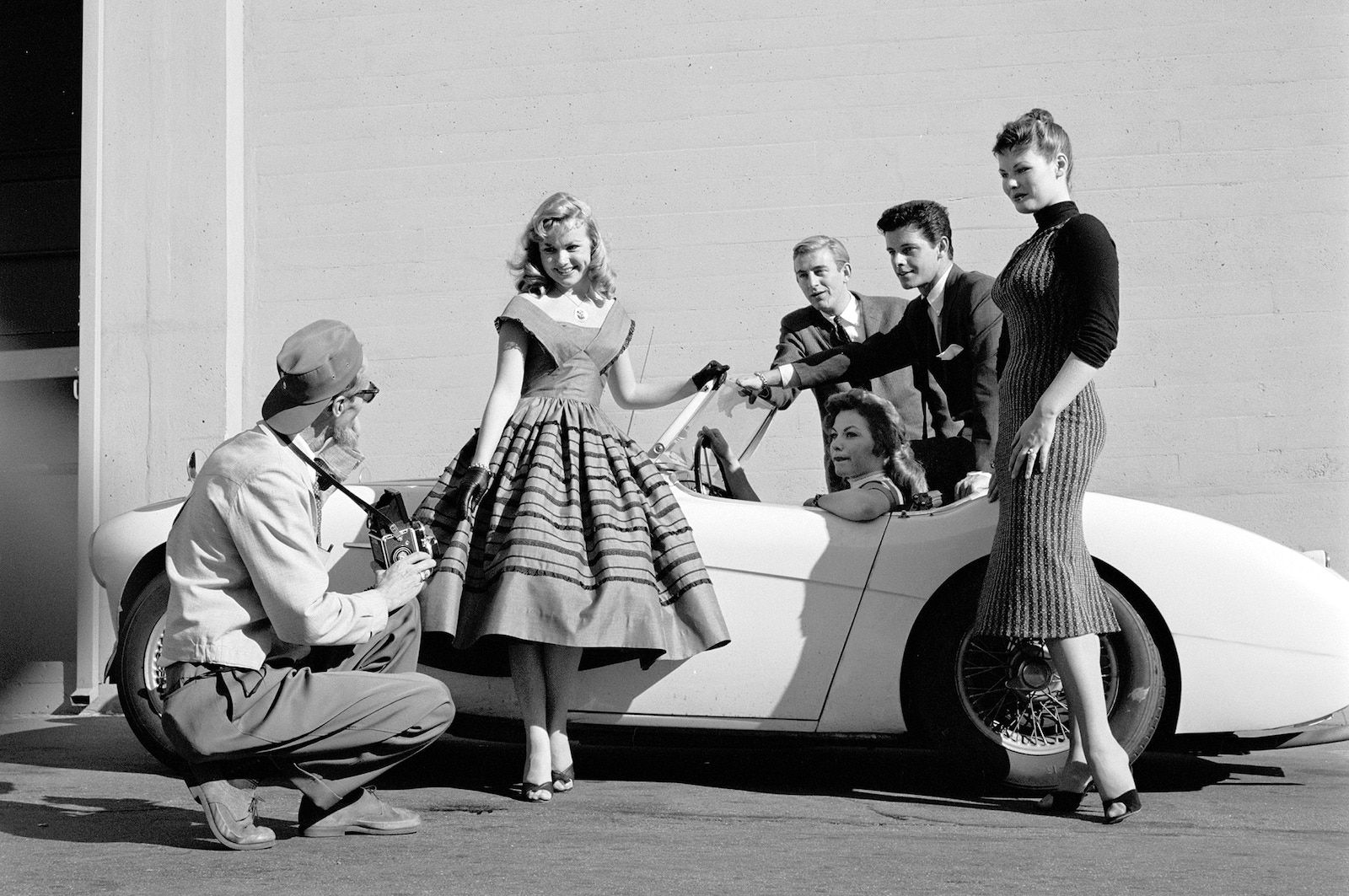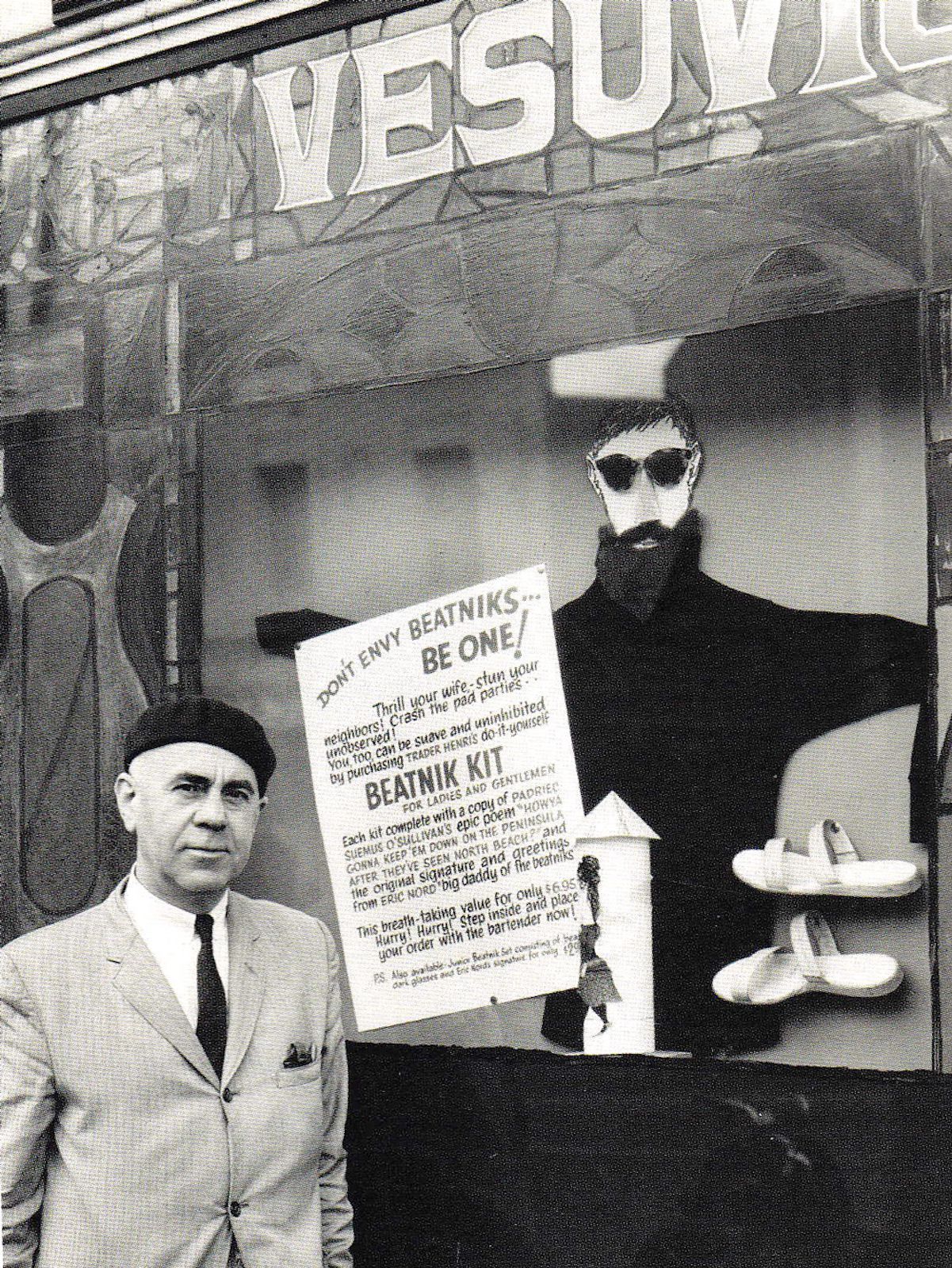
The rise of Milan's fashion, from 1971 to today The story of the first Milan's FW
It is the eve of the time of the year that we prefer in the long run, the Milan Fashion Week begins and without hiding too much we can admit that we like being the center of attention. The leadership in Italy is far too obvious, but an event like this makes us reflect on the role that Milan plays in the world.
As evidence of an unquestionable growth, there is the increase of credibility of street fashion, in Italy for a long time seen only as an extravagant subculture, confusion to hide under the bed during the big high fashion events. Streetwear culture has crept in fashion system cracks, filling in part limits like accessibility and the possibility of growth of many luxury brands. The fashion world is heading towards more democratization, thanks to the continuous sharing of images. These photos let a various and wide part of people dreaming to obtain the latest releases, which become symbols of a common taste. The success of Milan in our historical period make us think about the exact moment when the Italian city became the center of the show. There are a lot of analogies with today.
The “beatniks” were a young cultural movement in the ’60s, they were fascinated by new American ideas and by absolute bestsellers like ‘On the road’, written by Jack Kerouac. Those Guys scandalized the more closed-minded with their ways of living. The “ye-ye” girls, indeed, were always well dressed, with their short skirts distracted the bystanders on the way. Woman body is increasingly nude and disappears some gender differences. Now the comfort of the clothes is more important than the design and the fashion became more simple and informal in his shapes. It’s definitely a democratic style.
The insiders agree on thinking that the future is represented by new store experiences. This situation isn’t far from what happened between the end of the ’60s and the first ’70s. Fiorucci was the first who invested in his Milan flagship store, designed by the artist Amalia Del Ponte in 1967. Fiorucci showed a new strength of his brand and all Italian fashion.
We are now assisting to a middle-class approach with more sophisticated fashion items. In the ’70s the taste is revolutionized by the haute couture designers. As in those days, now Milan is knowingly leading toward a positive change. American investors bought and imported to Italy big quantities of raw material. Fashion was vibrant and the research of new material, especially for the sportswear, helped to improve old traditions. The main Italian fashion cities were Rome and Florence but some Roman fashion houses decided to leave Palazzo Pitti. However, the capital wasn’t a glamour city, even though Valentino Garavani, the Fendi sisters and Laura Biagiotti. Italy couldn’t challenge Paris anymore.
27 of April 1971 is the date that put Milan in the center of the world of fashion.
Walter Albini was already well known in Florence but, at the same time, he understood the limits of a mechanism focused only on exclusive clothes. In doing so the customers could not be met. As Yves Saint Laurent and Pierre Cardin were trying to do in France, Albini decided to bid on the ready-to-wear, industrial and affordable. Five different collections, designed by Albini, were presented in Milan, in Circolo del Giardino Palace, on a T-form runway. Misterfox’s dresses, Basile’s coats, Diamant’s shirts, Escargot’s pullover, and Callaghan’s jersey, Everything was distributed by FTM.
Like the Phoenix, Italian fashion sprung out of burnt remnant. The buyers come to Italy from all over the world and the prices diminished, Italian style became more and more democratic. Milanese runways, in 1974 yet, were the main event to watch. Missoni and Krizia left Florence with the aim of reviving a new personal style, closer to the last phase of the fashion process, the distribution.
If we think about the modern brand strategy, we can recognize some similarities with what the fashion houses did in the ’70s. The store now is closer to the costumes. Well appointed interiors and strong social communication, that reduces the distance from the client to the luxury.
Albini was also the first all-around designer, a very modern concept today. The creative director is now the center of the process and the brand identify itself with him. If today we speak of Burberry by Riccardo Tisci, Celine by Hedi Slimane or Louis Vuitton By Virgil Abloh is also thanks to the strength of those changes.
Milano is rising.











































